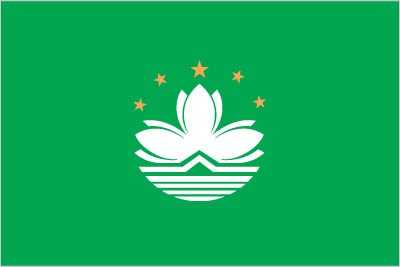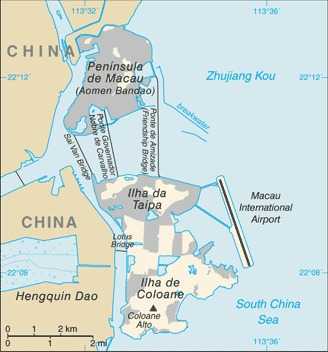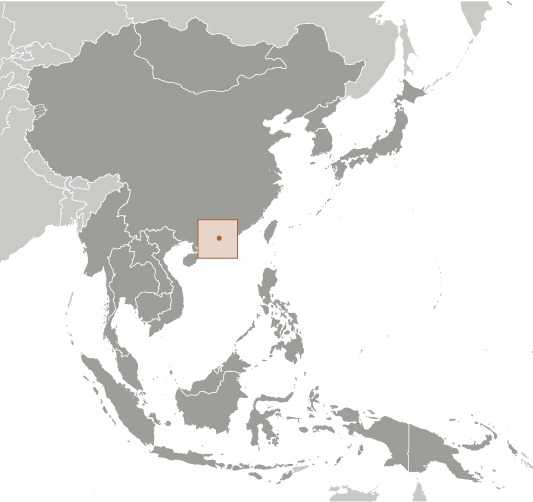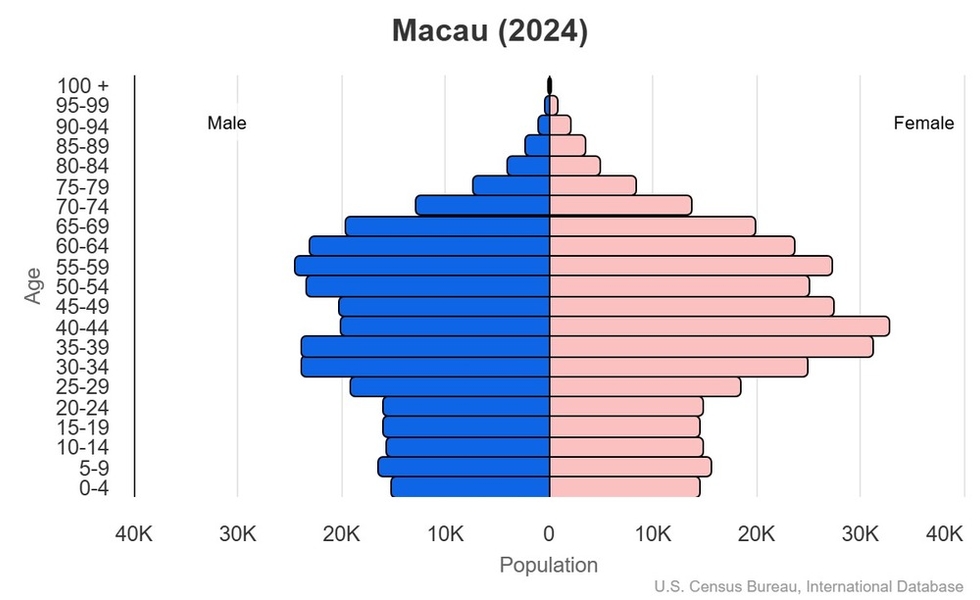Introduction
Visit the Definitions and Notes page to view a description of each topic.
Geography
People and Society
Population
comparison rankings: total 170; male 170; female 168
Languages
Median age
comparison ranking: total 39
Population growth rate
comparison ranking: 131
Birth rate
comparison ranking: 201
Death rate
comparison ranking: 186
Net migration rate
comparison ranking: 35
Infant mortality rate
comparison ranking: total 181
Life expectancy at birth
comparison ranking: total population 3
Total fertility rate
comparison ranking: 213
Education expenditure
comparison ranking: Education expenditure (% GDP) 25
Environment
Carbon dioxide emissions
comparison ranking: total emissions 164
Government
Economy
Real GDP (purchasing power parity)
comparison ranking: 107
Real GDP growth rate
comparison ranking: 8
Real GDP per capita
comparison ranking: 6
Inflation rate (consumer prices)
comparison ranking: 11
GDP - composition, by sector of origin
comparison rankings: industry 203; services 4
Industrial production growth rate
comparison ranking: 26
Labor force
comparison ranking: 164
Unemployment rate
comparison ranking: 23
Youth unemployment rate (ages 15-24)
comparison ranking: total 144
Taxes and other revenues
comparison ranking: 31
Current account balance
comparison ranking: 23
Reserves of foreign exchange and gold
comparison ranking: 58
Energy
Electricity
comparison rankings: installed generating capacity 155; consumption 128; imports 44; transmission/distribution losses 57
Energy consumption per capita
comparison ranking: 77
Communications
Telephones - fixed lines
comparison ranking: total subscriptions 139
Telephones - mobile cellular
comparison ranking: total subscriptions 161
Broadband - fixed subscriptions
comparison ranking: total 121
Transportation
Merchant marine
comparison ranking: total 167




